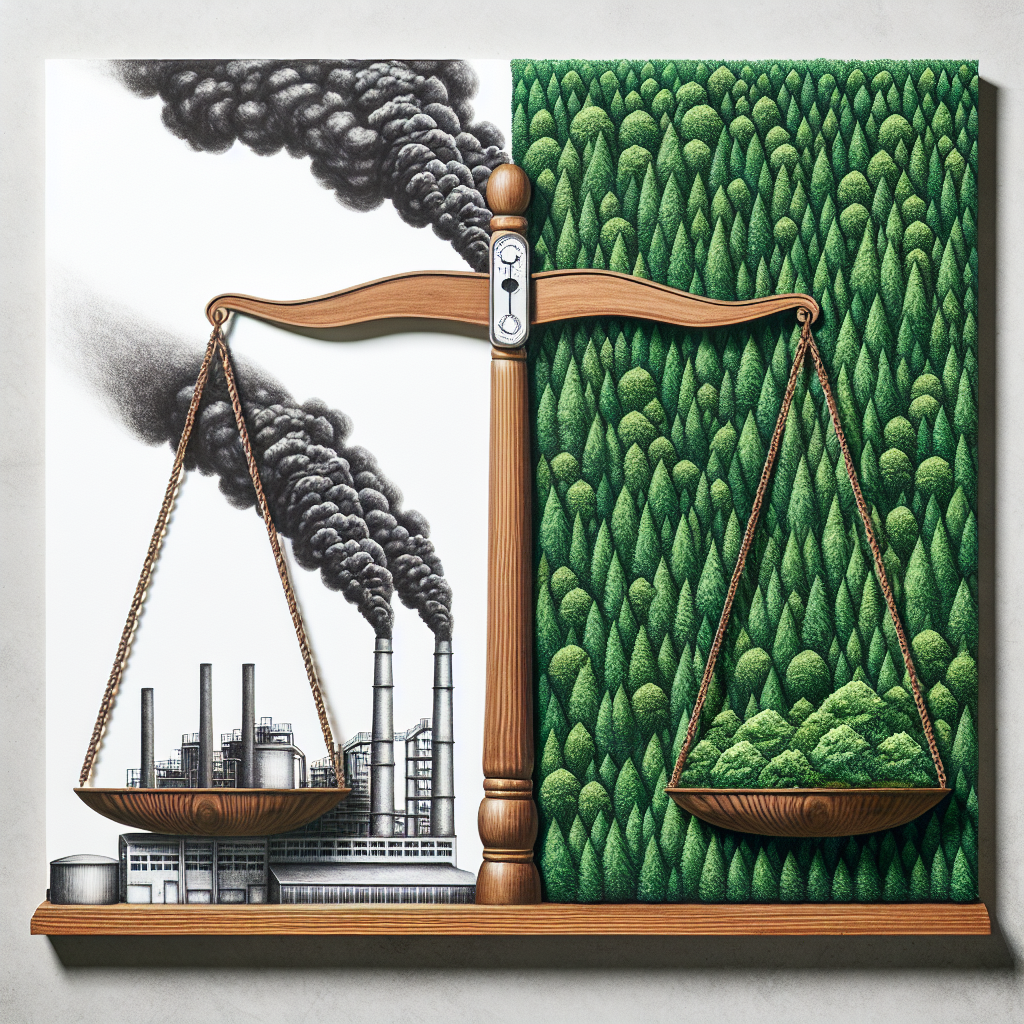COP29: Drafting the Future of Carbon Trading
At the COP29 climate summit in Azerbaijan, countries aim to establish rules for a global carbon offset trading system. Achieving consensus on Article 6 of the Paris Agreement is crucial for creating both bilateral and centralized carbon markets, potentially launching the system by 2025. This could strengthen voluntary carbon markets.

As the world converges in Azerbaijan for the United Nations COP29 climate summit, the spotlight is on establishing a global framework for trading carbon offset credits. This pivotal negotiation aims to refine the mechanisms outlined in Article 6 of the Paris Agreement, presenting a transformative agenda for climate action.
Article 6 delineates two pivotal options: Article 6.2 allows for individualized bilateral carbon trading agreements between nations, while Article 6.4 proposes the establishment of a centralized, UN-managed system. Both are seen as vital tools for advancing climate finance and ensuring the integrity of carbon credit markets globally.
Despite earlier efforts at COP26 in Glasgow and COP28 in Dubai, critical details remain unresolved. However, COP29 strives for clarity by setting guardrails for bilateral agreements and operationalizing a central marketplace. Success could not only revitalize the carbon trading ecosystem but also reinforce the credibility of voluntary carbon markets worldwide.
(With inputs from agencies.)










